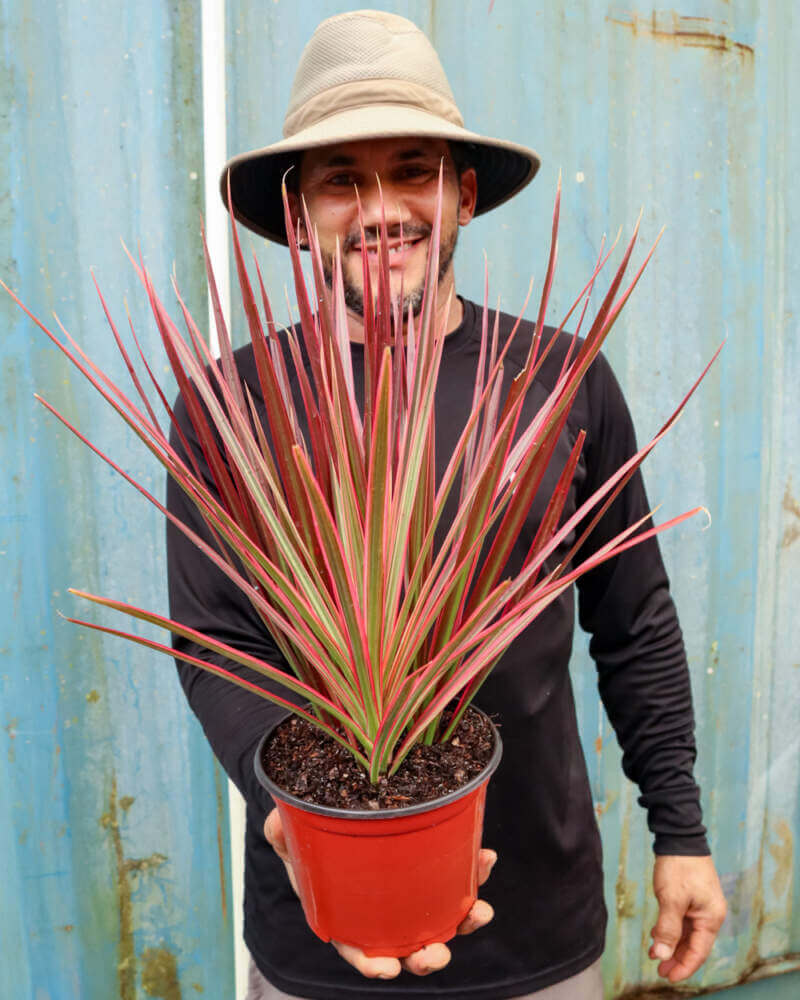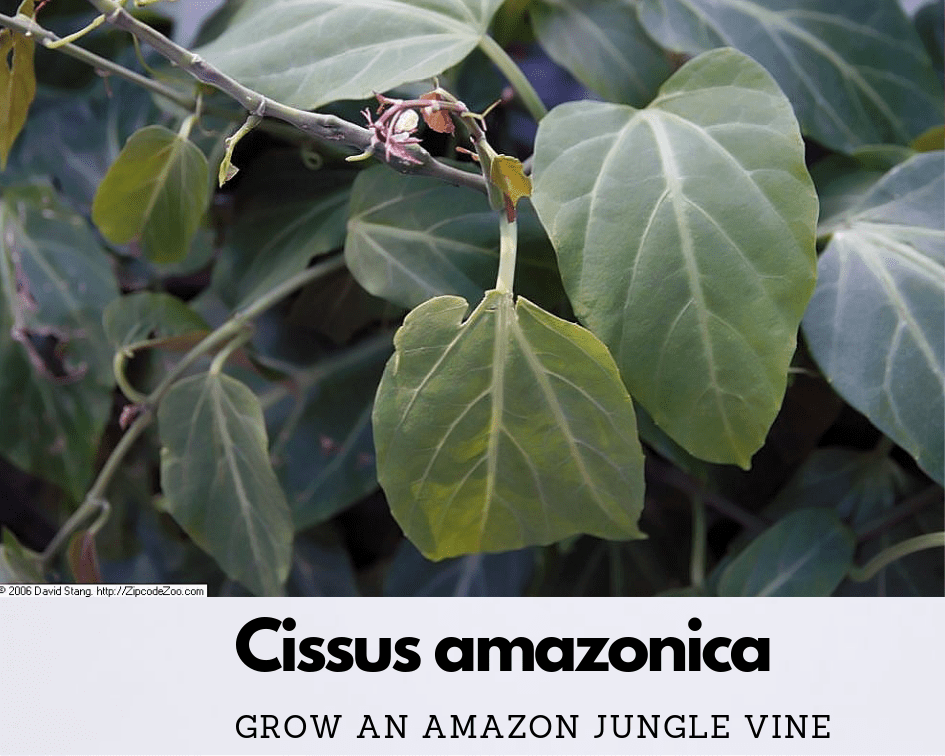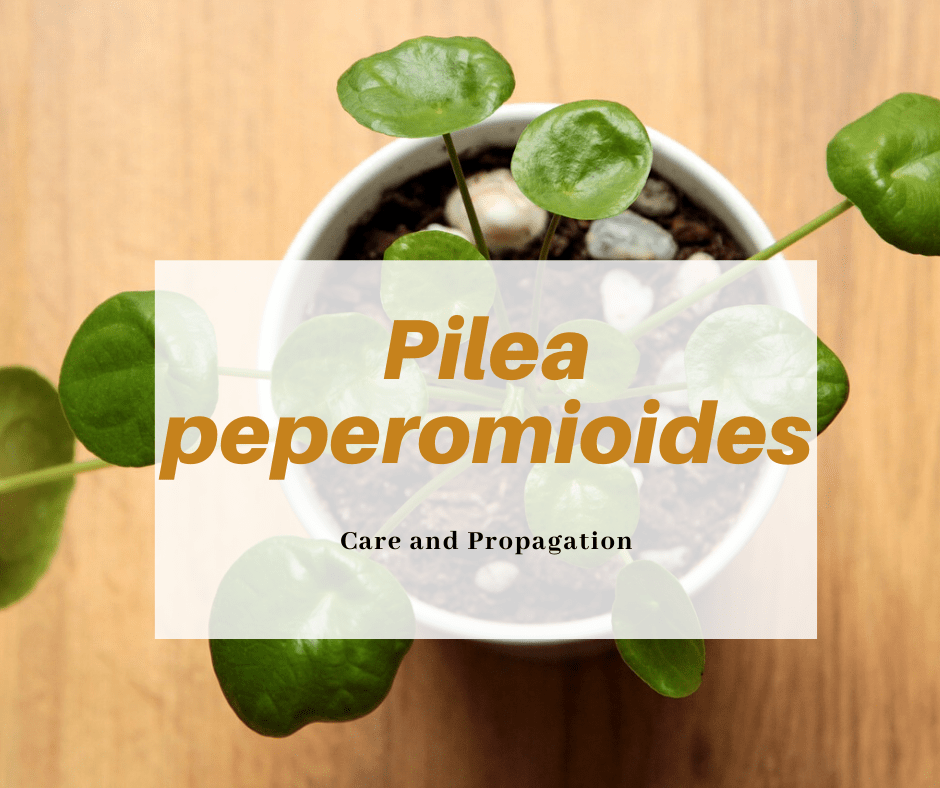This post may contain affiliate links. As an Amazon Associate we earn from qualifying purchases.
When and how to apply corn plant fertilizer
The corn plant (Dracaena fragrans) takes its nickname from the appearance of its foliage – long and slender like those of a corn stalk. The tree is tropical and is hardy in Department of Agriculture plant hardiness zones 10 through 12, so it is typically grown indoors as an ornamental houseplant.
This African native is a slow grower, but if the leaves appear richly colored, you are most likely fertilizing it appropriately. If the leaves appear stunted, burned or curled, you may need to re-evaluate your fertilizer regimen.
The fertilizer corn plants need to thrive
The corn plant’s nutritional needs can typically be met by applying a commercial fertilizer. Liquid fertilizers are the easiest to use on houseplants, so choose a 3:1:2 ratio liquid fertilizer (or close to it)—such as 9-3-6—that contains trace elements. (See the Resources section, below)
It’s critical to follow the application rates on the package. If the Dracaena is very young, consider diluting the application a bit. Water the plant with the solution until it drains from the bottom of the pot. Always apply fertilizer to moist soil.
One of the best favors you can do for the corn plant is to ensure that the soil it’s planted in has the proper pH, 6.0 to 6.5. If the pH is too high, the roots can’t absorb the iron in the fertilizer and the corn plant will turn yellow and may die.
A pH meter is a handy thing to own, even if you only grow plants indoors. I find myself turning to mine frequently.

When to apply corn plant fertilizer
The corn plant can be grown in a variety of natural light settings, from low to high.
Plants grown under high light conditions grow more vigorously and require more frequent feedings, so fertilize the corn plant grown in a sunny spot every four weeks. There is no need to fertilize in winter so resume the previous schedule in spring.
If natural light is low, fertilize the corn plant every six to eight weeks. We recommend a 3-1-2 fertilizer like this one, at Amazon.com.

When not to fertilize
Hold off on fertilizing the corn plant for the first month after you bring it home; it requires time to acclimate to the new environment – especially different temperatures and light levels than it was accustomed to before.
Wait two to four weeks after repotting the corn plant to fertilize, so that any damage to the roots (from repotting) has a chance to heal.
Finally, if the plant appears to be sick, don’t assume that it needs to be fertilized. Feeding it without knowing what ails it could kill it.

The dracaena and fluoride
The corn plant and most other dracaenas do not tolerate fluoride and symptoms of this intolerance mimic fertilizer burn. If you are applying the fertilizer to moist soil but the tips or margins of the plant’s leaves appear scorched, suspect fluoride intolerance.
Check the soil’s pH to ensure it is within the suggested range (around 6.0 to 6.5). You can pick up a pH meter here.
Repot the corn plant in new soil that doesn’t contain perlite (perlite typically absorbs fluoride and holds it) and irrigate it with low-fluoride water. Avoid fertilizers that contain superphosphate as these may contain fluoride.
Many commercial bottled waters contain low levels of fluoride and are labeled as purified, de-ionized, demineralized or distilled. Check the label to ensure that fluoride isn’t listed on the ingredient panel.
As a side note, many bottled waters also contain salt. Salt and plants don’t play well together. Ensure that what you water the corn plant with is both fluoride and sodium free. The easiest solution is to use distilled water.
If you grow a lot of plants, consider looking into a reverse osmosis system or a water subscription service, such as Sparkletts (they use reverse osmosis).
Feature photo courtesy Krzysztof Ziarnek, Kenraiz, CC BY-SA 4.0



